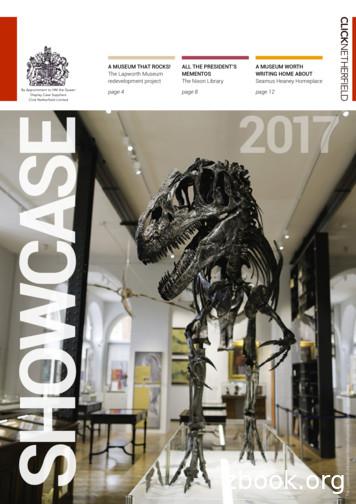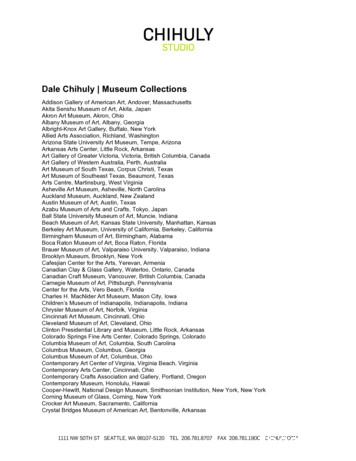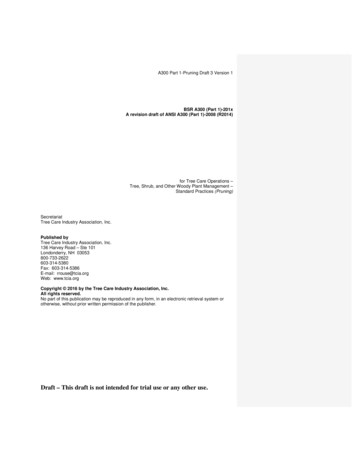Victorian Homes Museum From Home - Preston Park Museum And Grounds
Victorian Homes Museum from Home With so many families learning from home at the moment, we have put together some activity ideas for families to look at, based on the workshops we normally do with schools. The following pages are based on the topic of Victorian Homes, and there are fun facts, activities, challenges and things to think about. Each page will focus on something different, but don’t feel like you have to do the whole topic in one day. Have fun, and remember that if you need any extra help, our Museum Learning Team are only an email away, and are happy to help in any way they can! Did you know that Preston Park Museum used to be a home? Around 70 years ago we filled the rooms with big glass cases and interesting things from the past for people to visit and look at. But during the Victorian era the inside of Preston Hall would have looked very different, and there was a family living in the house. But what were houses like over 120 years ago, and how were they different to houses now? Victorian Era 1837-1901 When we talk about the Victorian era, or Victorian times, we are talking about what life was like in England when Queen Victoria ruled the country. When Victoria was Queen, Britain had a large empire overseas and was a very wealthy and important country. But that did not mean everybody in Britain was rich. Most ordinary people were actually very poor and had little money. It is important to remember that Preston Hall was a home for a very rich family- such a big fancy house with large gardens was very expensive to buy and look after. Not all Victorian houses would have looked like this. Most houses would have been a lot smaller than Preston Hall- many poor families lived in tiny houses or tenements (flats) where there may have only been one or two rooms.
Parlour Museum from Home A house like Preston Hall would have had lots of rooms in it. We are going to look at four of the rooms that would have been the most important, but remember that there may have been lots of other rooms as well. For instance, Preston Hall had servants quarters where the servants had their own small bedrooms. A parlour in a Victorian home would have been the main room used by the family when they were spending time together. Nowadays we would call it the living room, or sitting room. In Victorian times they wouldn’t have had TVs to entertain them though- instead the living room would have been a place where the family could sit together to play games, read, draw, write, and sing. Some parlours had pianos in them. Nowadays lots of people eat their meals in their living rooms, either at a table or on their laps. But in Victorian times there would have been a separate dining room where the family ate their meals. The p Larkspur by William Morris Cherwell by William Morris In the Victorian era wallpaper was very popular, and would have been found on the walls of the parlour. William Morris is one of the most well-known creators of Victorian wallpaper. His wallpaper deigns were inspired by nature and used repeating patterns. Look at the two William Morris wallpaper designs above. One is inspired by leaves, the other flowers. In the empty box can you design your own William Morris style wallpaper?
The Kitchen Museum from Home The kitchen was the busiest room in the house, where food goods were stored, meals were prepared and water was heated. As most houses would not have had electricity, almost everything would have been done by hand, and the most important thing in it would have been the large metal range (cooker) which heated up food and water using the fire inside of it. The meals for the family of the house would have been cooked in the kitchen (and evening meals could have more than ten courses!) along with meals for all of the servants so it was always being used. In a house like Preston Hall, the Victorian kitchen included the cooking area, a scullery for cleaning pots, a pantry for storing cooking equipment, a larder for storing food, the coal store and the cook’s offices. Without electricity or gas, the fire in the range relied on coal as its fuel. Instead of a fridge, food would have been stored in a larder (a small, cool room filled with shelves) or iceboxes. Ice was kept over from the winter in an underground store near the house. Activity Think of your favourite meal. Discuss the steps of making it with your family. Now imagine you are trying to make it in a Victorian kitchen. Are any of the steps different? Example of a Victorian range Mystery Object Challenge: What do you think this object was used for in a Victorian Home? Hint: Can you think of some Who, What, Where, When and How questions to help you work it out? You’ll find the answer on the next page!
Bedrooms Museum from Home A Victorian bedroom wouldn’t have been too different to our bedrooms now. There would have been a bed to sleep on, and likely a wardrobe or drawers with clothes in. A child’s bedroom would have had toys in it- or if they lived in a very big house there might even be a playroom next to the bedrooms for the children to play in. However, there would have been something under the bed that was a little surprising Some very rich families by the end of the Victorian era has bathrooms inside their houses. But this was very rare- most people had to use a toilet outside. With no electric lights or heaters this would be a cold, dark trip outside or along a long corridor if you needed the toilet in the night. And so each bed would have had a chamber pot (sometimes called a gazunder) underneath it so that if you needed the toilet in the night you would just use the chamber pot. A maid would have to empty and clean it the next morning! Activity Take a look at your bedroom. What things wouldn’t be there if it was the Victorian era? Think about the materials. Plastic wasn’t invented in the Victorian era but you would have found wood, metal and fabric. Remember that you wouldn’t have had anything powered by electricity either! Mystery Object Challenge: Hand Bellows Before radiators and heaters, the only way to warm up a house using fire. Most rooms in a Victorian house had a fireplace and bellows were a useful tool for getting a dying fire back to flames. The bellows would be held at the base of the fire and the handles pushed up and down, Opening the handles sucked air into the leather bag. Pushing the handles together forced the air out again. These bursts of air would make the fire burn more quickly again. A Chamber Pot
This Photo by Unknown Author is licensed under CC BY-SA TheTakeWinter Garden Museum from Home In Victorian times, the very rich liked to show off how much money they had. One way of doing this was by adding a Winter Garden to their home. A winter garden was a large, beautiful glass conservatory filled with exotic plants. In Victorian times it became more normal for the wealthy to travel the world and see other countries and cultures. These explorers sometimes brought the seeds of exotic plants home with them from their travels. Because the seeds were rare, they were very expensive and the rich often bought them to impress their guests. The plants would need to be grown in a Winter Garden where it would be warm enough for them to grow. Preston Hall has a Winter Garden, and it would have been used as a space to entertain guests who were visiting the house. It has beautiful tiles on the floor, which you can see below. Can you copy the pattern of these tiles into the empty box?
Victorian houses would have looked like this. Most houses would have been a lot smaller than Preston Hall- many poor families lived in tiny houses or tenements (flats) where there may have only been one or two rooms. Victorian Homes Museum from Home Victorian Era 1837-1901 When we talk about the Victorian era, or Victorian times, we are
Seamus Heaney HomePlace, Ireland Liu Hai Su Art Museum, China Southend Museums Service, UK Cornwall Regimental Museum, UK Helston Museum, UK Worthing Museum & Art Gallery, UK Ringve Music Museum, Norway Contents The Lapworth Museum Redevelopment Project - page 4
The Victorian Novel The novel was the dominant form in Victorian literature. Victorian novels seek to represent a large and comprehensive social world, with a variety of classes. Victorian novels are realistic. Major theme is the place of the individual in society, the aspir
AZ Foothills is here to report four custom home builders that can help you achieve your wildest dreams in a home: Salcito Custom Homes, Sage Luxury Homes, Argue Custom Homes and Alexander Homes. . Scottsdale, AZ 85251 Argue Custom Homes As a Preferred Builder in Silverleaf, Argue Custom Homes is dedicated to making sure your home building .
Museum of Art, Washington State University, Pullman, Washington Museum of Art and Archaeology, Columbia, Missouri Museum of Art Fort Lauderdale, Fort Lauderdale, Florida Museum of Arts & Design, New York, New York Museum of Arts and Sciences, Daytona Beach, Florida Museum
D. Improperly retired mobile homes/Unretired mobile homes E. Survey II. Why a Policy Issuing Agent Needs to Determine Whether there Is Mobile Home on the Property . III. Mobile Homes, Manufactured Homes and Modular Homes: Definitions and Distinctions A. Definitions 1. Mobile home as per Section 320.01(2)(a), Florida Statutes 2. Manufactured .
and inventor. In Victorian times, many people thought women couldn’t do these jobs but Hertha proved them wrong! In the 1890s, streetlights were lit using noisy electric arcs. Hertha invented a new Victorian Inventors The Victorian age was an amazing time for inventors and inventions.
Victorian era 1. Introduction Throughout the Victorian era movements for justice, freedom, and other strong moral values dominate opposed to greed, exploitation, and cynicism. In Victorian era concern in morality and one of the behaviors moral is hypocrisy. Hypocrisy may
ANSI A300 standards are intended to guide work practices for the care of trees, palms, shrubs, and other woody landscape plants. They apply to arborists, horticulturists, landscape architects, and other professionals who provide for or supervise the management of these plants for property owners, property managers, businesses, government agencies, utilities, and others who use these services .























